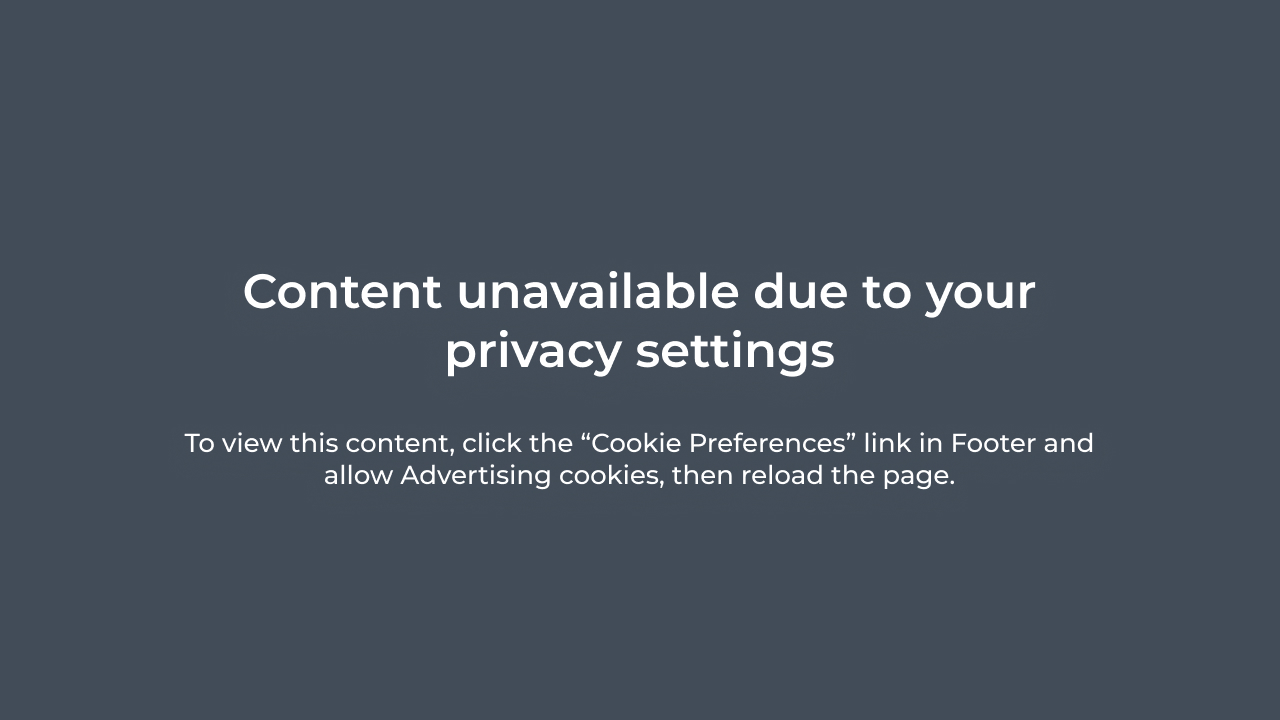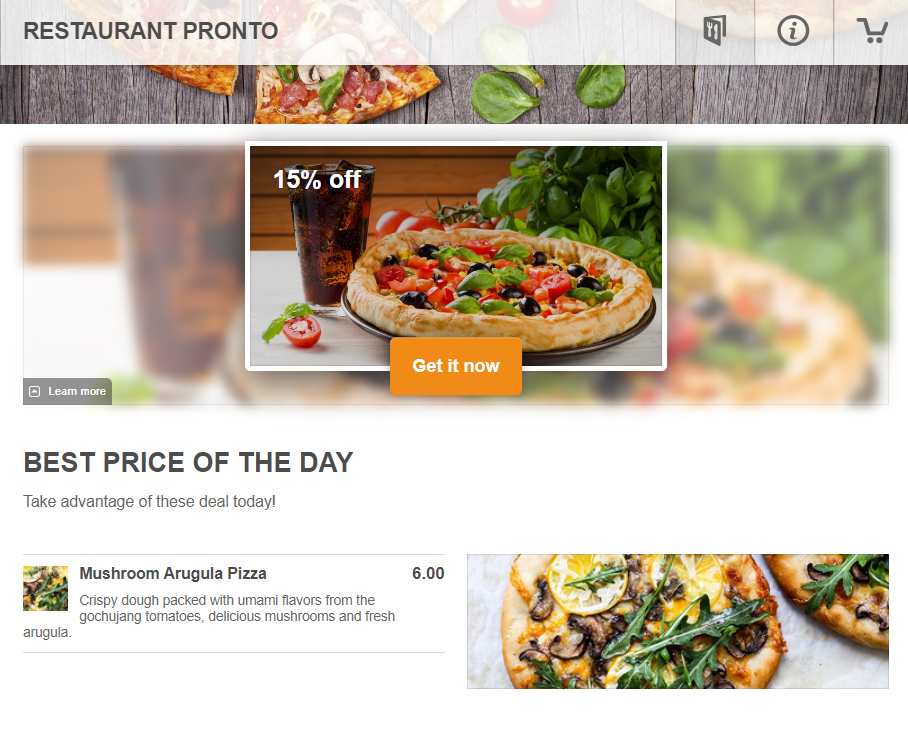- 1.Start with a waste audit
- 2.Divide and conquer for an easier restaurant recycling
- 3.Find local recycling companies to collect your selected waste
- 4.Create compost bins and find a local partner to take them
- 5.Let go of paper and opt for online menus
- 6.Reduce portion sizes for menu items
- 7.Use recyclable packaging for online deliveries
- 8.Find suppliers with eco-friendly practices
- 9.Label every item in your storage with open and expiry dates
- 10.Delegate the recycling duties to an employee and offer them a bonus
Every restaurant produces a large quantity of waste, be it food or supplies. For example, half a pound of food is wasted per meal in the restaurant. What’s more, 85% of the food that isn’t used in American restaurants gets thrown out and only 14% gets recycled.
Food waste in restaurants not only contributes to climate change but also makes you lose money because you are literally throwing away food.
If you want to own an environment-friendly restaurant, save money, and attract more clients who appreciate your green practices, you need to implement a restaurant recycling plan. Follow these steps to get started:
1. Start with a waste audit
Before you start creating a restaurant recycling plan, you need to know what your waste is composed of. What are you throwing away and what can be recycled? When are you creating waste, in the kitchen with expired items or are you dealing with more post-consumer food waste?
To conduct a waste audit, you take an average week at your restaurant business and determine the volume of trash, compost, and recyclables you produce in the established period.
The audit will help you identify the problems in your waste stream in order, so you can come up with targeted solutions regarding your recycling.
2. Divide and conquer for an easier restaurant recycling
The key to efficient restaurant recycling is to separate the types of waste in labeled bins to make it easy for your employees, such as:
- Glass bin
- Plastic bin
- Cans bin
- Compost bin
- Trash bin
Because people are always in a hurry in the kitchen, they may not have time to inspect every bin before they throw an item out. Help them by choosing a different color for every bin, listing all the items that go in with big letters, and adding graphics that depict the right recyclables.
3. Find local recycling companies to collect your selected waste
If you have a collection system in your area, you are in luck. All you have to do is put out the recyclables on the set days and you are one step further to completing your restaurant recycling plan.
But you may be producing more than they can collect or have other types of waste they do not take. Or you may just be in a location that does not have an established recyclable collection.
The solution is to get on the trusty Google and look for recycling companies in your area and contact them to get a contract. Extra tip: your cooking oil can also be recycled! As it is not safe to dispose of it in other ways, be on the lookout for businesses that will take care of it for you through recycling.
4. Create compost bins and find a local partner to take them
Restaurant food waste management is the biggest part of your restaurant recycling plan because it directly impacts your profits. On top of measures for preventing food waste, you can also implement ways to get rid of it that are helpful for the environment.
One of them is turning them into compost that can be used to fertilize the ground and grow more ingredients. But don’t worry, you don’t have to take care of all the process, you just need to get a compost bin where you collect the food waste that can be composted.
Afterward, you must find a local partner to collect the compost from you, such as a farm. Who knows, this may create new opportunities for collaboration, and you can get vegetables and fruits grown with the help of your food waste.
Here are the items that can be added to your compost bin:
- Fruit and vegetable scraps
- Coffee grounds
- Cardboard
- Paper, paper towels
- Teabags
- Compostable take-out containers
Here are the items that are not compostable and should go in the trash:
- Oil, fat, and grease
- Dairy products
- Meat and bones
- Glossy or coated paper
- Sticky labels
5. Let go of paper and opt for online menus
Menus change, be it because you want to take out items, add new ones, or add a promotion. If you have paper menus, you will waste a lot of paper updating them every time. Not to mention that they can get damaged in time by spills or general wear and tear.
The eco-friendly way to allow people to browse your dishes is to give them access to an online menu. This is not only an option for online deliveries, but it also works for people who choose to dine in the restaurant if they get a QR-code menu.
The easiest way to do this is to use our online ordering system which will help you streamline your online ordering process and create a menu that potential clients won’t be able to say no to.
If you have a few free minutes, you can generate a QR code menu and print the code on stickers you can place on every table:

6. Reduce portion sizes for menu items
Creating a restaurant recycling plan also includes implementing measures to reduce food waste so you have fewer items to recycle.
When performing your waste audit, if you discover that most of your food waste is produced by clients who don’t finish their plates, it is time to make your portion sizes smaller.
Focus on creating a smaller menu so all ingredients get used and don’t get to expire or go bad in your storage. Afterward, attract people to order them by building an intuitive menu with mouth-watering pictures and attractive descriptions:

7. Use recyclable packaging for online deliveries
Your newfound dedication to the environment shouldn’t stop in the kitchen and restaurant, it should extend beyond. Therefore, it is time to let go of the old Styrofoam containers and plastic bags for deliveries.
You can replace them with packaging that is just as sturdy, but it’s made from paper, aluminum, cardboard, or other recyclable packaging.
The younger generations, millennials and Gen Zs will appreciate the restaurant recycling steps you are taking to a better world, and they will be persuaded to become regular clients.
You can let your clients know about your new sustainability practices on your website and social media. Get people involved by posting pictures of your packaging or composting bins and ask them how else they would like to see your business get involved.
8. Find suppliers with eco-friendly practices
For a restaurant recycling plan to be complete, you must also focus on the start of the chain for food waste, your suppliers. Choose providers that are committed to not harming the environment and use recyclable packaging for everything that gets delivered to you.
Additionally, consider working with suppliers who offer biodegradable or compostable disposable utensils, which can help reduce your environmental footprint.
Here are a few more tips for what you bring into the restaurant:
- Use reusable crates for vegetables and fruits that travel from your supplier to your restaurant and back;
- Buy in bulk: the larger the quantity, the less packaging is needed;
- Don’t order extra produce because it will spoil fast.
9. Label every item in your storage with open and expiry dates
You surely have a big storage area where items get often forgotten until they go bad or expire. You can prevent them by labeling them with open and expiry dates and categorizing them from very fresh to about to go bad.
This way you will get to use the old, yet still perfectly edible ingredients before they go bad and prevent food waste.
If you discover some items are about to go bad, you can create new menu items with them and create a promotion to sell them at a discounted price.
Let’s say you have some mushrooms and arugula that must be cooked today. Let your chef experiment and create a delicious pizza that will sell fast because it will cost less than others on the menu.
You can use our online ordering system to add a variety of tried-and-tested promotions to your menu in seconds. These will appear at the top of the online menu and will convince clients to order more.

10. Delegate the recycling duties to an employee and offer them a bonus
To implement an efficient restaurant recycling plan, you will need every employee’s help. Therefore, schedule a training where you teach your team about your new green practices and the new recycling rules they must follow. Utilizing mentoring software can streamline the training process and ensure consistent knowledge transfer.
Because it will be a new responsibility, you should reward them if they do it right in the beginning to motivate them to keep at it.
Moreover, you can choose a single employee to oversee all the recycling duties, such as checking that the bins have the appropriate items, handing the bins to the collecting businesses, etc. Don’t forget to add a bonus to their salary to drive them to do their best.
Final Words
Implementing a restaurant recycling plan at your business can seem like more work, but the benefits are worth it. Not only will you be helping the environment, but you will also be saving money because you limit food waste.
On top of it, your sustainability measures will attract new customers who share your green values.

